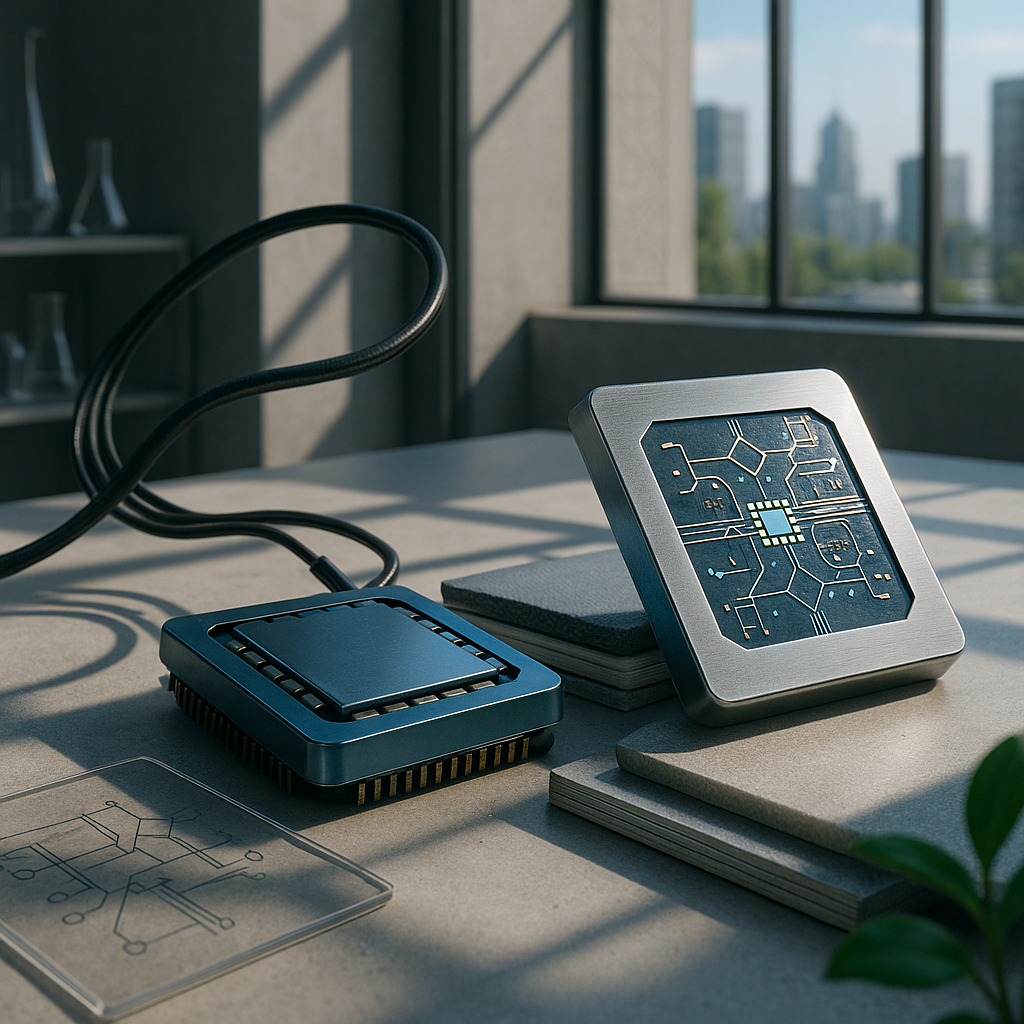Depending on where you stand, MMEdge’s pipelined sensing, temporal aggregation, and speculative skipping look either like the pragmatic breakthrough edge systems needed or a complexity tax waiting to come due. Supporters can point to UAV validation and lower end-to-end latency without accuracy loss; skeptics can point to the very risks the article flags: harder debugging, adaptive configuration pitfalls, and maintenance burdens as modalities lag or drop out. IBM’s Nighthawk and Loon invite a similar split. One reading: 120 qubits with 218 tunable couplers and a testbed architected for fault-tolerant error correction mark real momentum toward a fully fault-tolerant system by 2029. Another: scaling makes noise, yield, and reset stability nontrivial, and timelines don’t match edge needs now. Here’s a provocation to spark debate: what if the biggest latency bug in AI is our cloud reflex, not our chips—and if “quantum advantage” arrives by 2026, what, concretely, will it outperform?
The counterintuitive takeaway is that progress here isn’t about bigness; it’s about discipline. MMEdge wins by making earlier, partial decisions rather than waiting for perfect inputs, and IBM’s roadmap advances by engineering for reset, connectivity, and error correction instead of chasing qubit counts alone. If those facts hold, the next shift is architectural: co-designed edge pipelines paired with quantum back ends for specific tasks, evaluated on transparent latency–accuracy benchmarks and early advantage demonstrations. That would reshape priorities for software engineers, model researchers, hardware architects, and investors—and move the center of gravity from centralized horsepower to smarter, distributed orchestration. Watch the benchmarks, watch Nighthawk’s 2025 testing window and any 2026 advantage claims, and watch whether open tooling makes these designs repeatable. Power, quite literally, is moving outward.
